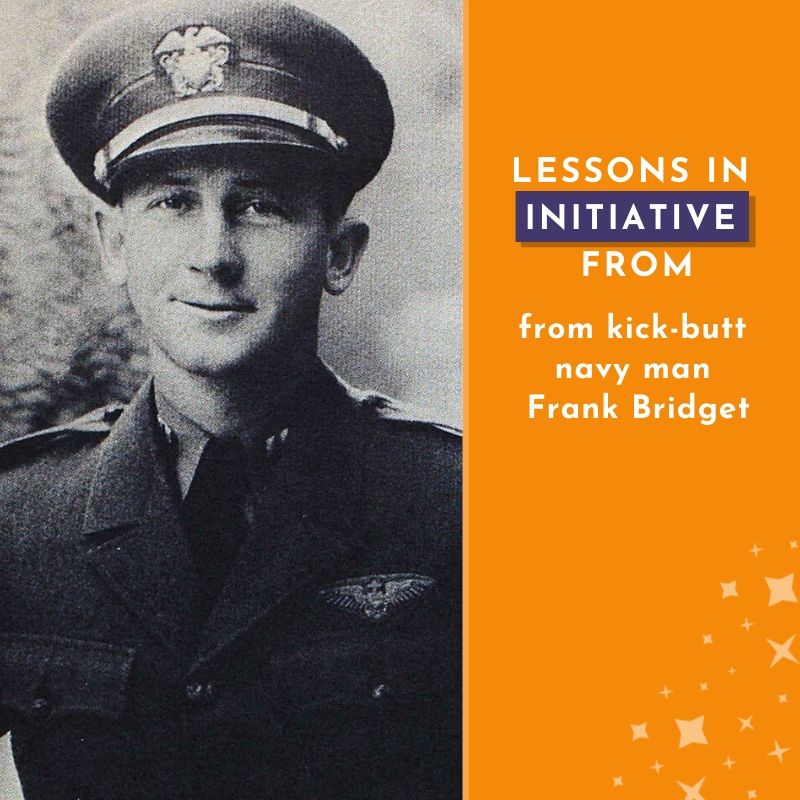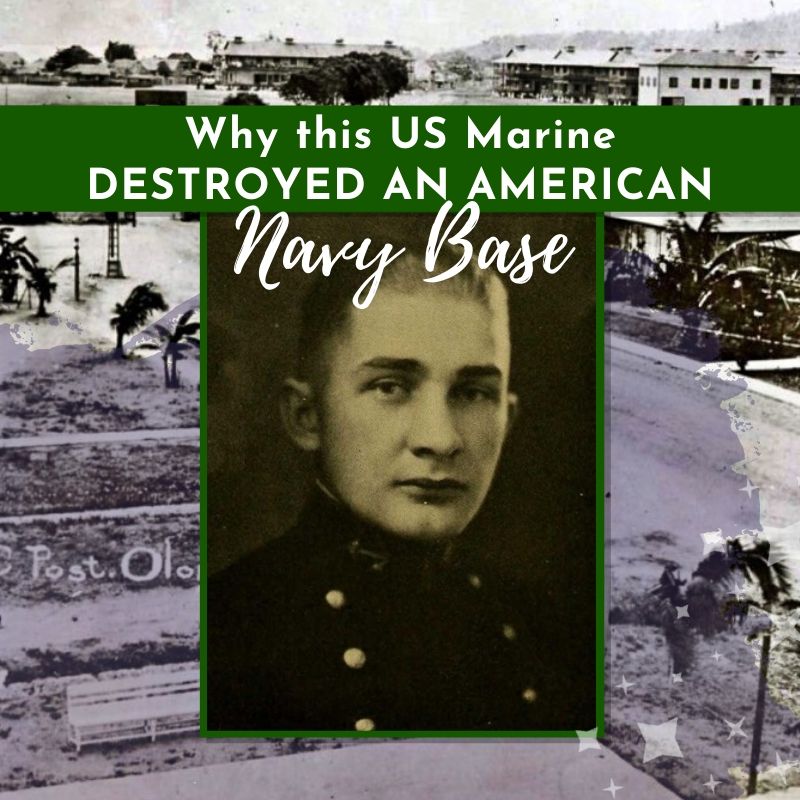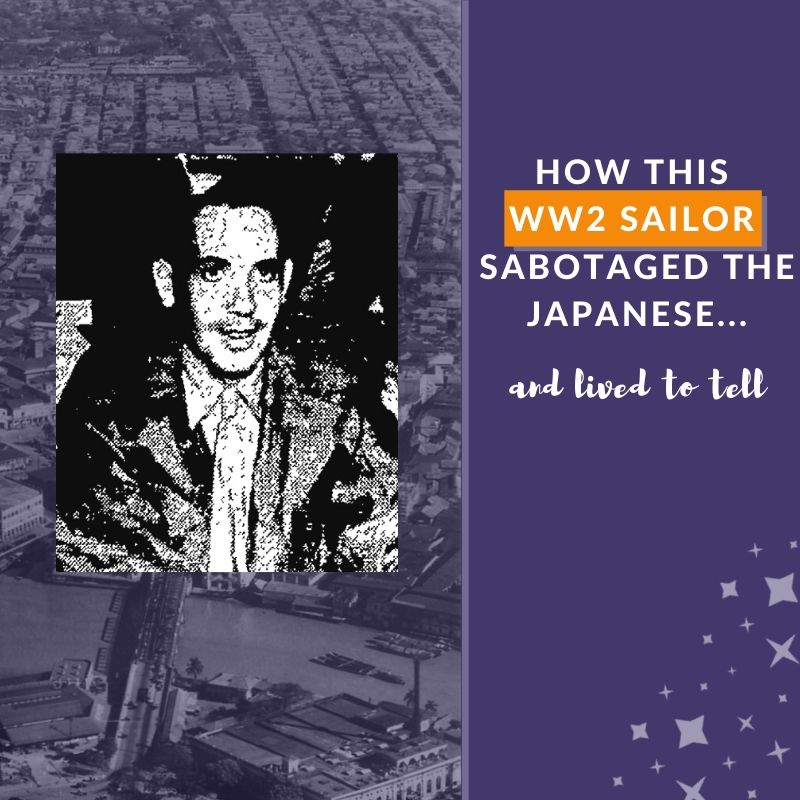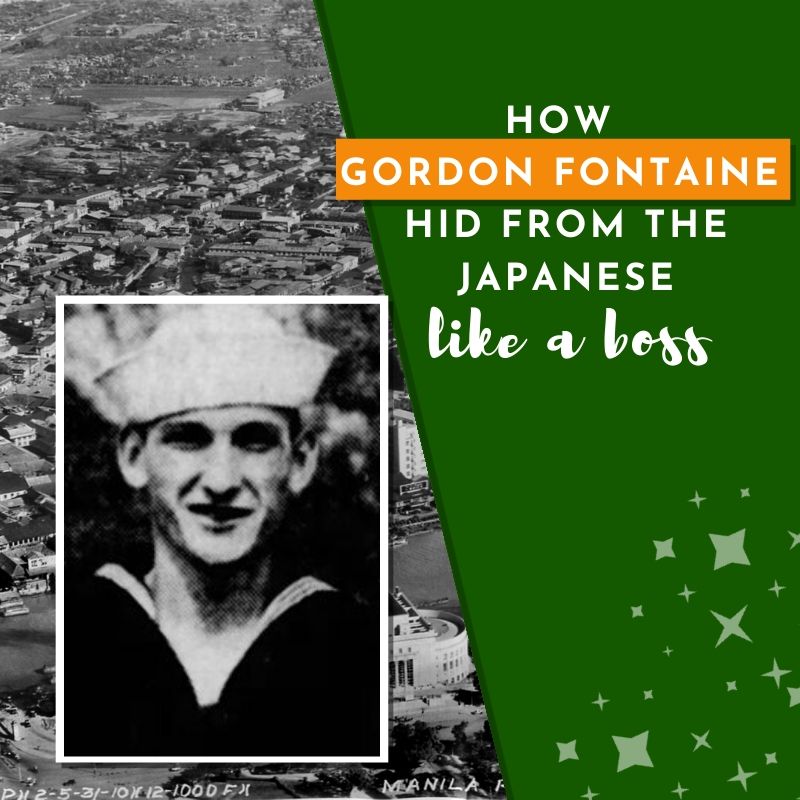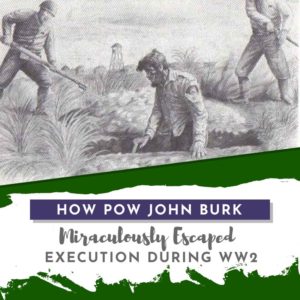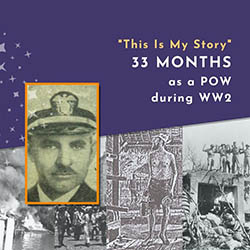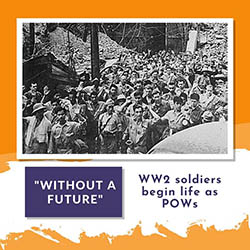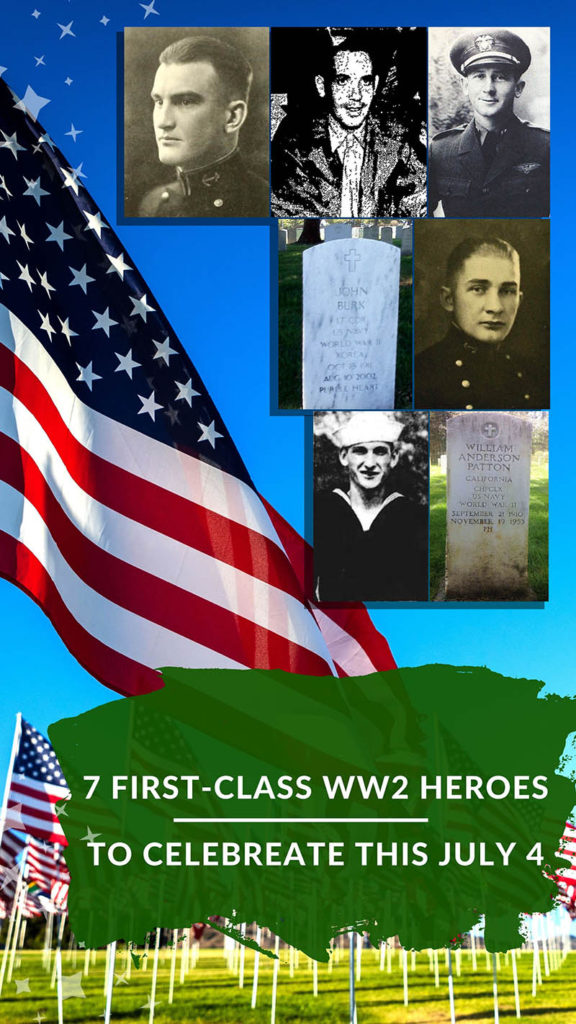
Even the worst war-time experiences produce unexpected heroes. And these early days of WW2 were no different.
Mere hours after attacking Pearl Harbor in December 1941, Japanese planes turned their sights toward The Philippines.
American forces were unprepared.
Within weeks they retreated to the Bataan peninsula, where they held back the Japanese for 3 long months.
And although the Americans eventually surrendered Bataan, the 7 men featured here took incredible action to prevent the early fall of Bataan — and keep 1,000s of their fellow soldiers and sailors from the Bataan Death March.
Henry Goodall’s audacious and creative war-time strategies
The Japanese pilot was encouraged.
An abandoned American ship tilting in Mariveles’s small harbor. Bomb holes peppered her deck. Smoke rose from the hull.
This American ship was no threat.
Except…
The decrepit-looking USS Canopus was a hoax. And, years later, the President of the United States would thank one specific man for this masterful deception — Lt. Commander Henry Goodall.
But the scrappy Lt. Cmdr didn’t stop there. He gathered small boats, covered them in “armor” and armed them with machine guns scavenged from down American planes.
Then he used this make-shift Navy to prevent an enemy invasion of southern Bataan.
Frank Bridget’s rag-tag team of jungle-fighting sailor-soldiers
44-year old navy aviator Commander Francis “Frank” Bridget saw a flaw. An imperfection that could cost the Americans the war, or at least The Philippines.
But the Army couldn’t spare soldiers from the front lines.
“Frank was never one to sit back and criticize when action was needed,” so he took matters into his own hands.
He gathered 500 sailors — all untrained in ground combat — and 120 Marines to train them.
They scavenged weapons from disabled American planes and other sources, died their white Navy uniforms in coffee grounds, and formed a rag-tag band of jungle-fighting sailor-soldiers.
Soon they found themselves defending Bataan Peninsula’s southern coast from very confused Japanese invaders.
“A new type of suicide squads,” one Japan fighter recorded of Bridget’s Naval Battalion, “which thrashed about in the jungle, wearing bright colored uniforms, and . . . [attempting] to draw the Japanese fire by sitting down, talking loudly, and lighting cigarettes.”
But, despite all odds, Commander Bridget’s battalion prevented the early fall of Bataan and saved 1,000s of men from the Bataan Death March.
Frank Pyzick — the Marine who destroyed Bataan’s only navy yard
It was dark by 7 pm the day after Christmas 1941 on the Bataan Peninsula.
So the fire’s light probably illuminated the retreating form of Major Frank Pyzick, US Marine Corps — who had just destroyed an American navy yard.
He had detonated explosives all over the Olongapo Navy Yard, sunk a US ship, and destroyed as many submarine parts as he could find.
Everything else was doused with fuel and set on fire. And then he headed into the Bataan jungle.
Mere weeks before, he’d rode a motorcycle through that same navy yard, like a modern Paul Revere, shouting “War is declared! War is declared!”
Major Pyzick was a 15-year Marine veteran with a “retiring disposition” and “the temperament of a divine.”
So why would he destroy the Navy’s main presence on the western Bataan Peninsula?
The answer may surprise you . . .
4 men who sabotaged the Japanese . . . and lived to tell about it
“For God’s sake, don’t let the Japs get any of those submarine stores!”
Those were the orders barked to 4 sailors as their ship sailed away from Manila Harbor on Christmas Eve 1941.
The American military was pulling out of Manila, retreating to the wilds of the Bataan Peninsula. All military, that is, except for Navy Storekeepers Arthur Lazcano, Gordon Fontaine, John Burk, and William Patton.
No, they had a different mission — head back into the was zone and destroy the US Navy’s submarine warehouses in Manila.
But, once completed, the 4 men were trapped in enemy-occupied Manila. So they hid from the Japanese. In plain sight. For a year.
Back in the US, their families received word that they’d all died. Mothers mourned. Funerals were held. Wives remarried.
But the 4 men were very much alive. In fact, all 4 made it home at war’s end.


